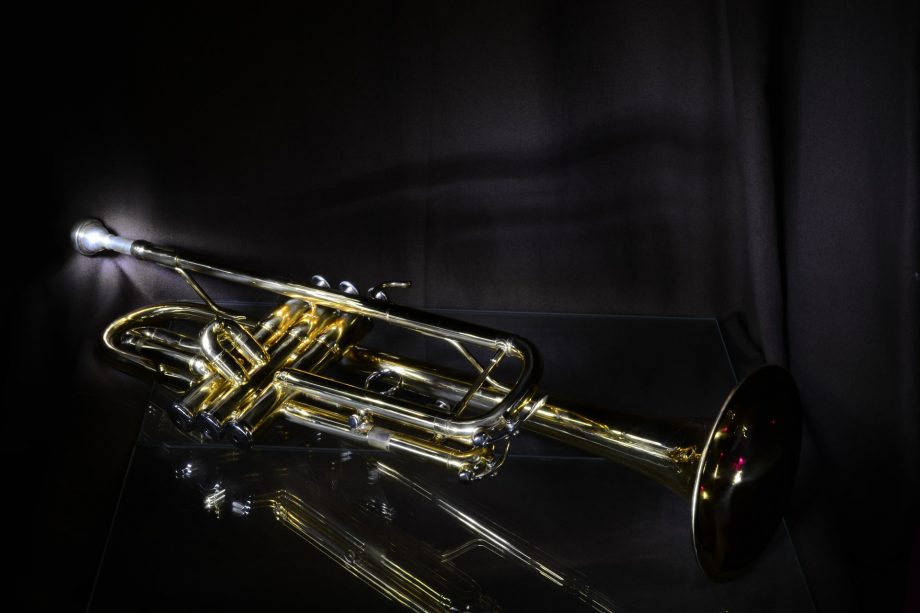New Orleans has long been considered the Jazz capital of the world – giving birth to the Dixieland (or Hot Jazz if you prefer) movement will do that. Since 1970, the New Orleans Jazz and Heritage Festival has played homage to such famous sons of the city as Louis Armstrong, Buddy Bolden, King Oliver and Jelly Roll Morton, and 2017 will be no exception.
Running from April the 28th right through to May the 17th over the course of two weekends that comprise seven full days of performance, the festival’s official website explains its mission statement best. The site claims that “the Festival celebrates the indigenous music and culture of New Orleans and Louisiana, so the music encompasses every style associated with the city and the state: blues, R&B, gospel music, Cajun music, zydeco, Afro-Caribbean, folk music, Latin, rock, rap music, country music, bluegrass, and everything in between. And of course there is lots of jazz, both contemporary and traditional.”
The New Orleans Jazz and Heritage Festival, like all great jazz music, was a product of spontaneity and immense talent. Back in 1970, during the first run of the event, gospel singer Mahalia Jackson joined forces with jazz legend Duke Ellington and the Eureka Brass Band to patrol the grounds, enchanting audiences as they went. Thus was born the interactive spirit of the festival, blending the many elements of the cultural and musical melting pot that defines New Orleans, and the event has substantially inflated in size in the intervening years since.
The 2017 festival will take place at the Fair Grounds Race Course on Gentilly Boulevard (a 10-minute drive from the French Quarter), with a dozen stages offering a wide variety of musical acts alongside a handful of tents and food stalls. Previous headliners of the festival have included Elton John, The Who, No Doubt, Tony Bennett with Lady Gaga, Bruce Springsteen and Christina Aguilera, and 2017 will be sure to continue this tradition – the line-up is yet to be announced, but among the luminaries that appeared in 2016 were Steely Dan, Pearl Jam, Van Morrison, the Red Hot Chili Peppers, J. Cole, Elvis Costello, Flo Rida, Paul Simon, Neil Young, Stevie Wonder and Lauryn Hill.
Naturally, it’s not all platinum-selling superstars, though; there are plenty of local and niche acts performing throughout. The stages in full are the Acura (main), Gentilly (second), Congo Square (African and World music), Fais Do-Do (Cajun and zydeco), Jazz & Heritage (New Orleans brass bands and Mardi Gras Indians), Lagniappe (described as ‘a potpourri of music and style’) and Allison Miner Music Heritage (information, interviews & panel discussions), as well as tents dedicated to jazz, blues, gospel, traditional New Orleans Jazz (the aforementioned Dixeland sound) and children’s music and performance.
It’s advisable to book in advance with such a star-studded line-up anticipated – more than 425,000 people attended 2016’s festival, and that was a year plagued by unexpected poor weather conditions. If you choose to arrive on the day, expect to pay $75 for a standard one-day ticket. Weekend passes are available for $225, as are VIP experiences are travel and accommodation packages for those looking for a more luxurious adventure. The latter may be worth looking into, as such a popular event means that hotels in the French Quarter get extremely busy ahead of time. If you find yourself struggling for local accommodation and are taking care of the reservations yourself, you may need to adjust your search to a region like Kenner, which is closer to the Louis Armstrong International Airport.
As the festival will be taking place in New Orleans in spring, expect to sweat – despite the regular threat of passing cold fronts, the temperatures are likely to be high for the large part. As a result, you’ll find that many of the revelers sport wacky headgear to use as shade.
The New Orleans Jazz and Heritage Festival isn’t just a celebration of music, either. The event runs an interesting policy of ‘no carnival food’, so rather than the usual quick-and-easy street food served up to huge lines of hungry customers, the typical gastronomy of the festival is Cajun cuisine such as crawfish, Alligator Pie and brisket. Even the drinks are more interesting than a pile of pre-poured beer in paper cups; expect to enjoy sipping on herbal iced teas, frozen smoothies and freshly squeezed lemonade. If you’re interested in seeing how your snacks were made, head to some of the food tents and watch reputable local chefs prepare meals before your very eyes.
If it’s the heritage of Nola that attracts you to the Jazz and Heritage Festival, you can enjoy investigating the Louisiana Native Nations for local sellers of hand-made goods, check out an exhibit in the Grandstand, or attend the annual cultural exchange, which will celebrate a country that plays a vibrant role in the New Orleans lifestyle. The craft fairs such as the Conga Square African Marketplace and Louisiana Marketplace are further glorious tributes to the creativity of the many different residents of the city. Parades will also take place throughout the festival, like a miniature mardi gras. Truly, there is more to the New Orleans Jazz and Heritage Festival than music, spectacular though the audible attractions are.
To start planning your trip to 2017’s festival, download the official app to your smartphone, available from the event’s website. This will take you through the musical line-up (and send notifications and announcements as and when they are available), provide maps of the layout of the Fair Grounds Race Course, help you draw up a schedule of where you intend to spend your time while on-site, and will even allow you to interact with your social media followers throughout the event.
Have you booked your hotels and flights yet? Despite what Louis Armstrong may have claimed, you do not have all the time in the world. Use your Global Circle Club membership to get the best deal on a hotel and flights and get yourself to New Orleans for the Jazz and Heritage Festival, the weekend of a lifetime in one of the most fascinating cities in America.


